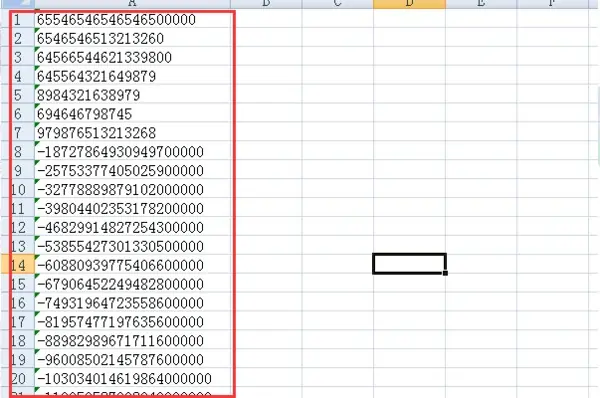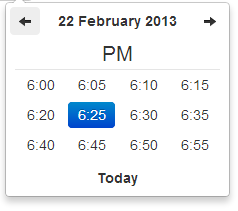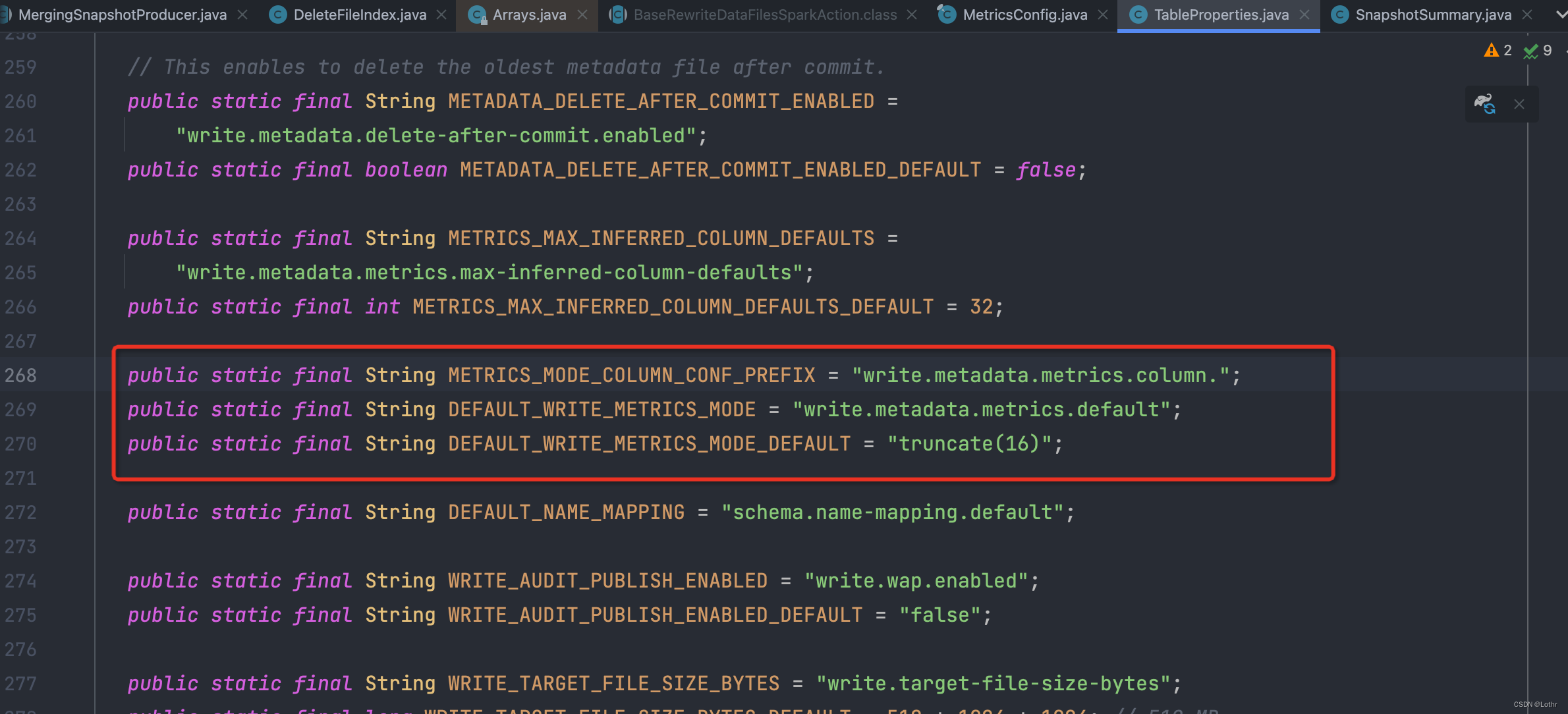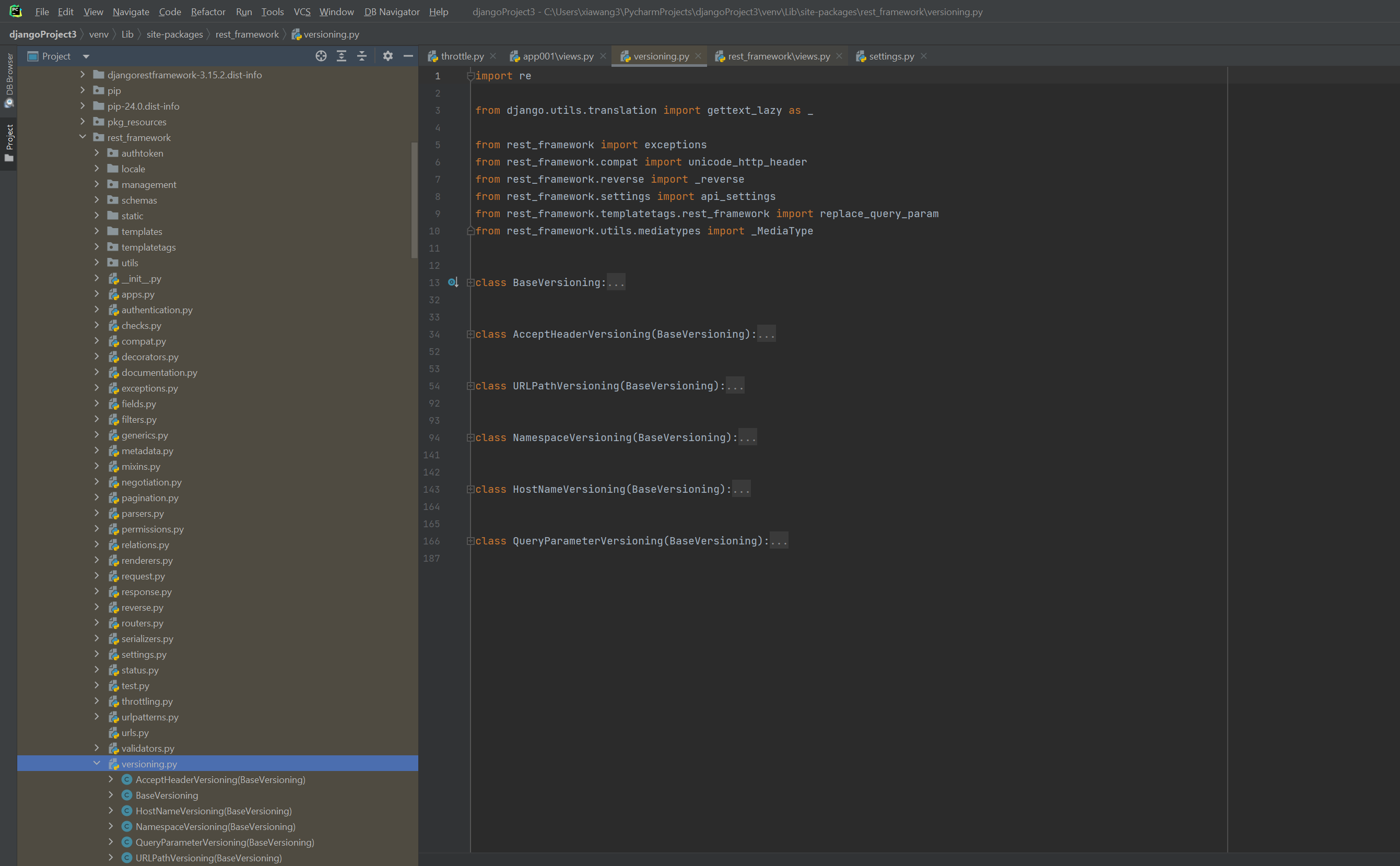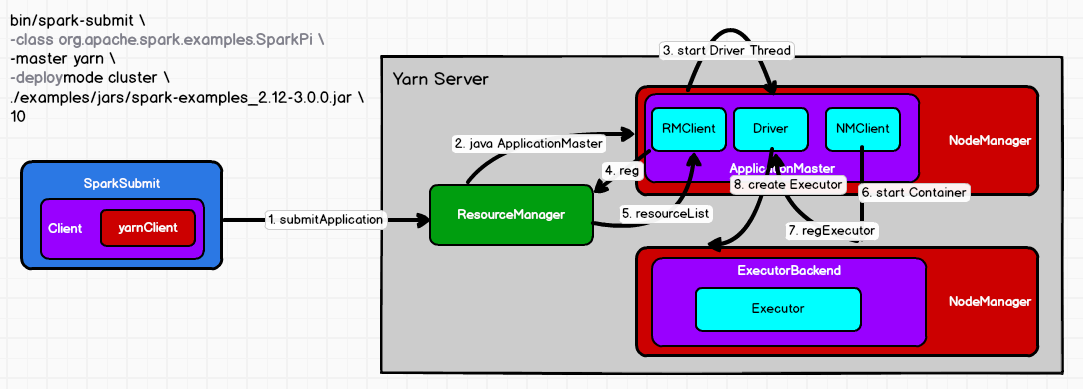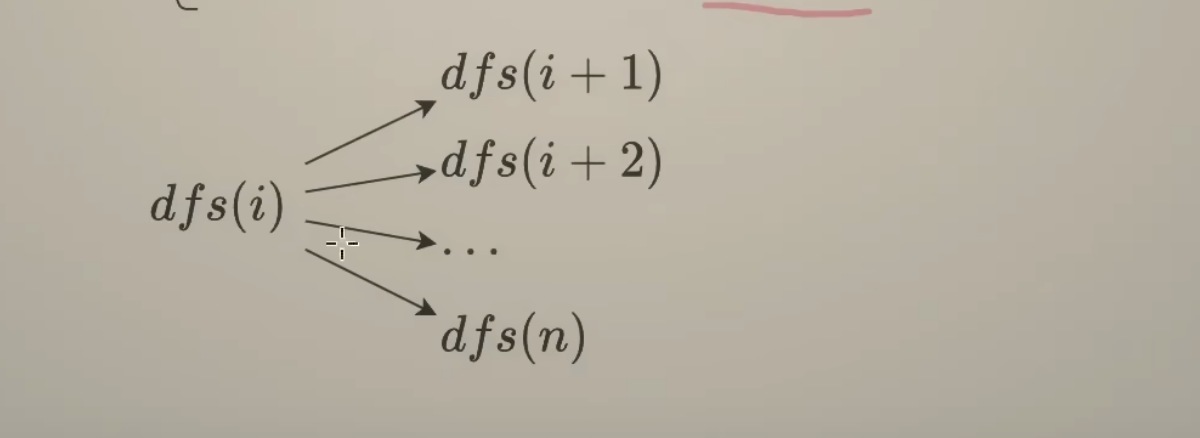这两天抽空玩了一把 Graphrag, 记录一下测试步骤。
先决条件:
Python 3.10-3.12
备注: 以下所有脚本都在 PowerShell环境下运行
1. 首先安装一下 graphrag python包
pip install --trusted-host https://mirrors.huaweicloud.com -i https://mirrors.huaweicloud.com/repository/pypi/simple graphrag
2. 创建测试数据集目录
mkdir -p ./ragtest/input
3. 生成测试数据 (需要手动删除一下最后的空行)
echo "我叫小小高,我儿子叫高1,我女儿叫高3,我还有一个80岁的奶奶" > ./ragtest/input/hello_world.txt
4. 初始化 Graphrag 配置
python -m graphrag.index --init --root ./ragtest

5. 修改大模型配置
1. 编辑 ragtest目录下的 .env 文件

GRAPHRAG_API_KEY=你的大模型 key,如 open ai sk-api,Azure open ai key 2. 编辑 ragtest目录下的 settings.yaml 文件

我用的 azure open ai
聊天模型类型改成 azure 的
type: azure_openai_chat (注释下面的model , azure的model用的 deployment_name 字段,这个不注释会报错,如果用azure的话)
# model: gpt-35-turbo-16k
# model_supports_json: true 我的azure 模型不支持这个
api_base: 用你的 azure endpoint
api_version: 2024-02-15-preview
deployment_name: gpt-35-turbo-16k (用你在azure部署的模型)
向量模型改成 azure 的
type: azure_openai_embedding # or azure_openai_embedding
# model: text-embedding-3-small
api_base: 用你的 azure endpoint
api_version: 2024-02-15-preview
deployment_name: text-embedding-3-small (用你在azure部署的模型)
6. 生成索引
python -m graphrag.index --root ./ragtest

7. 查询
-- 问高级别问题, --method global python -m graphrag.query --root ./ragtest --method global "总结一下"

-- 问细节 --method local python -m graphrag.query --root ./ragtest --method local "我的儿子叫啥名字"

talk is cheap
参考链接:
https://microsoft.github.io/graphrag/posts/get_started/


